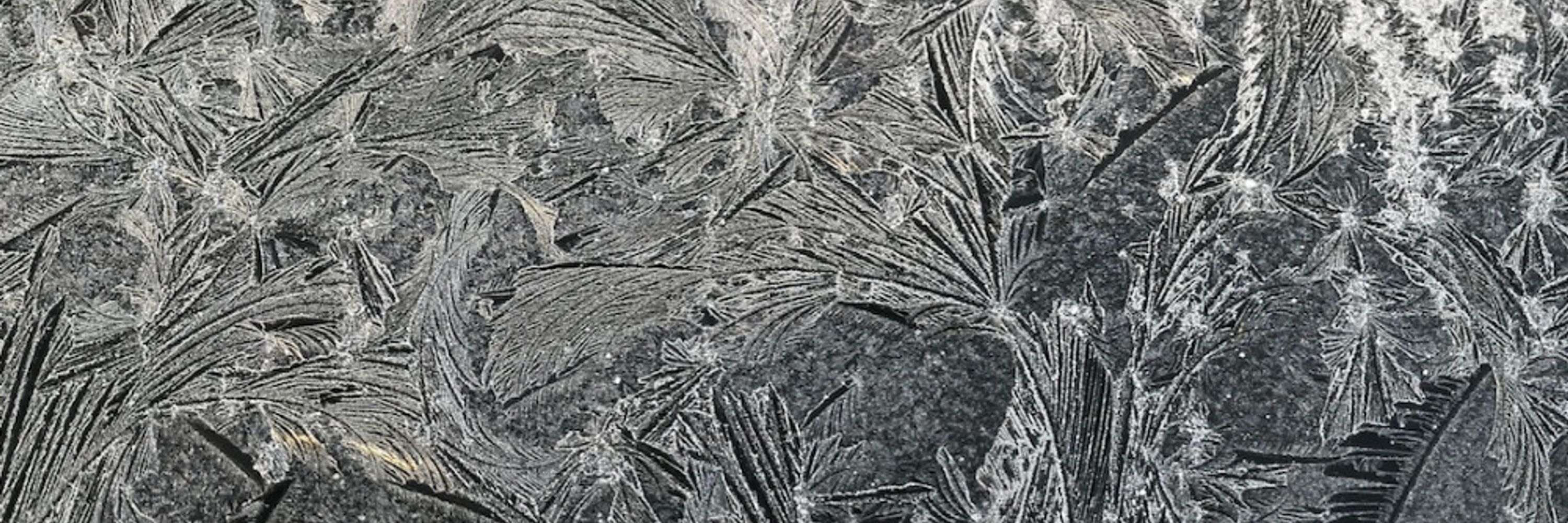Matthew Kenworthy
@mattkenworthy.bsky.social
4.2K followers
250 following
390 posts
Professor of astronomy working at Leiden Observatory in the Netherlands on the direct imaging of extrasolar planets and transits of giant ring systems || Opinions my own || Will tell Dad jokes for cash. https://kenworthy.space/
Posts
Media
Videos
Starter Packs
Reposted by Matthew Kenworthy
Reposted by Matthew Kenworthy
Reposted by Matthew Kenworthy














